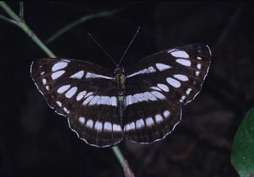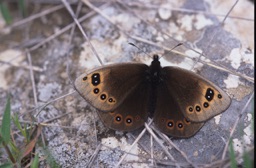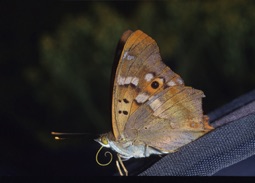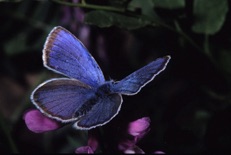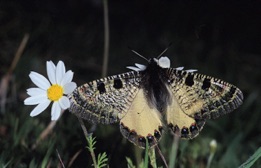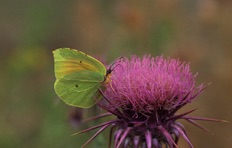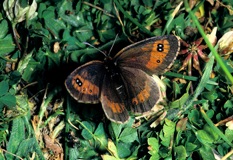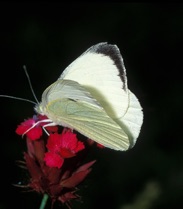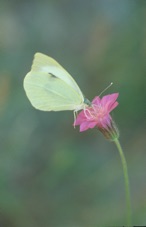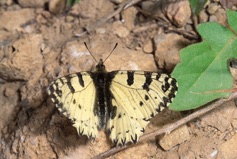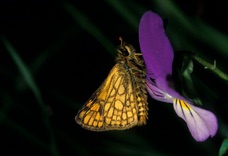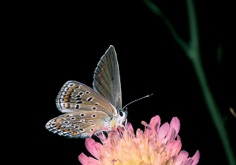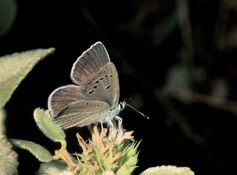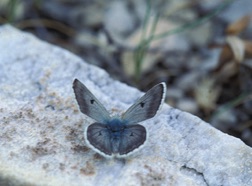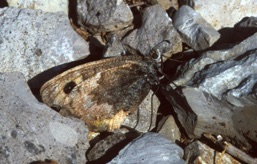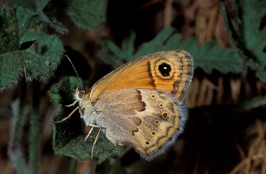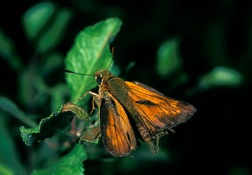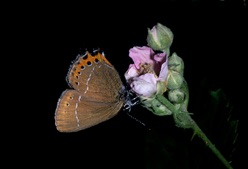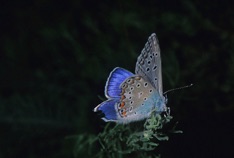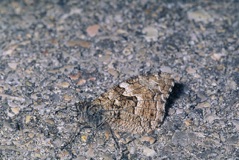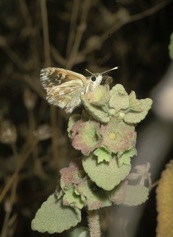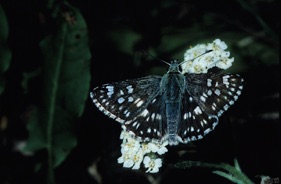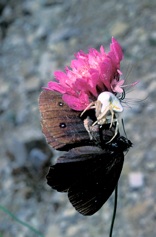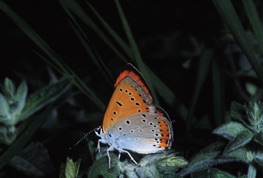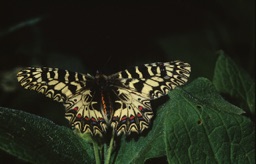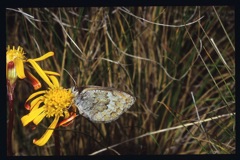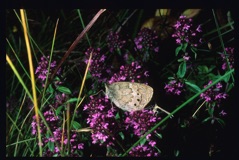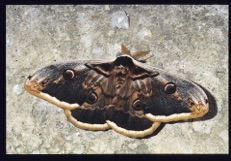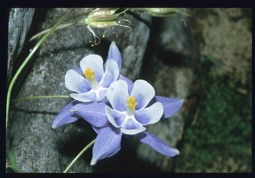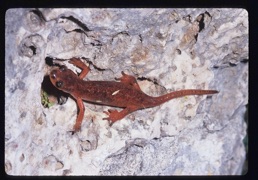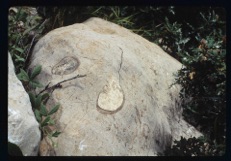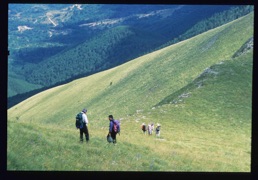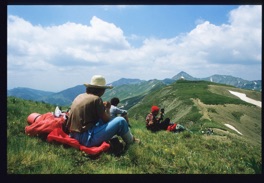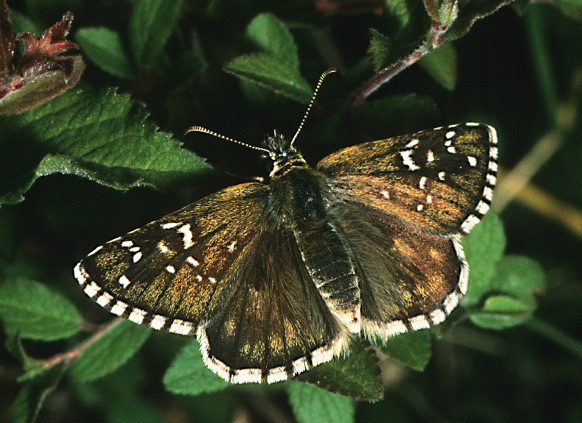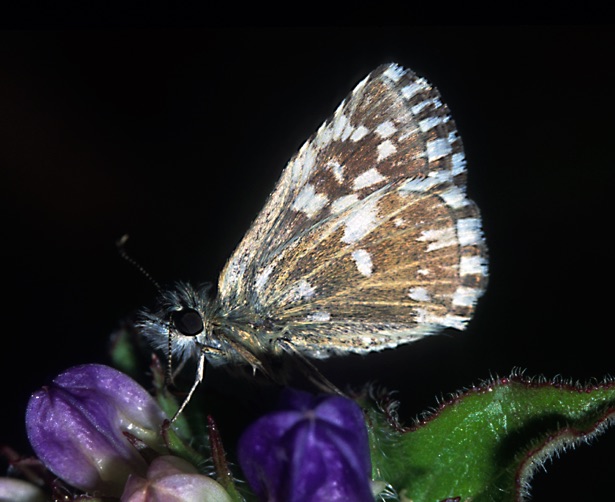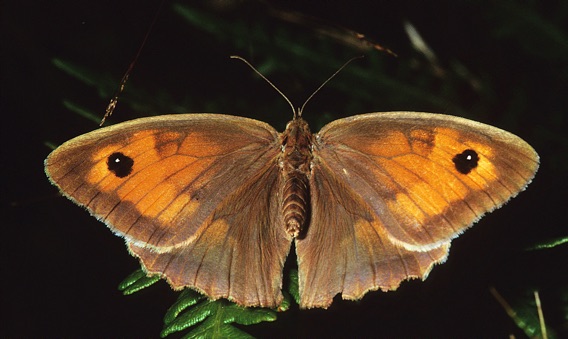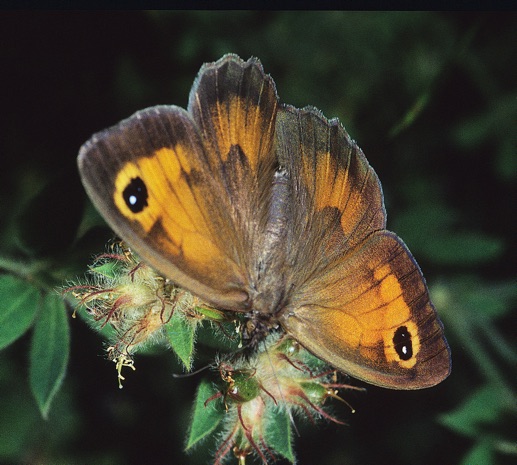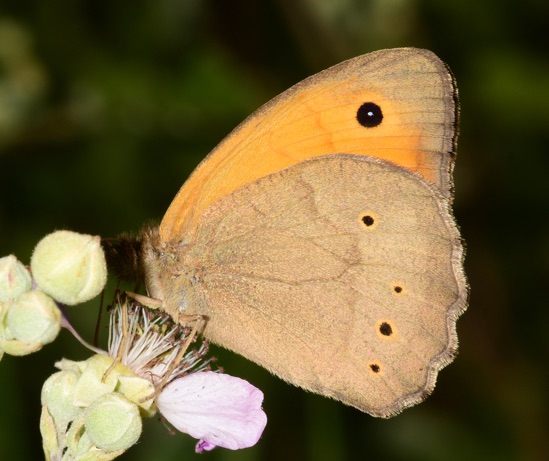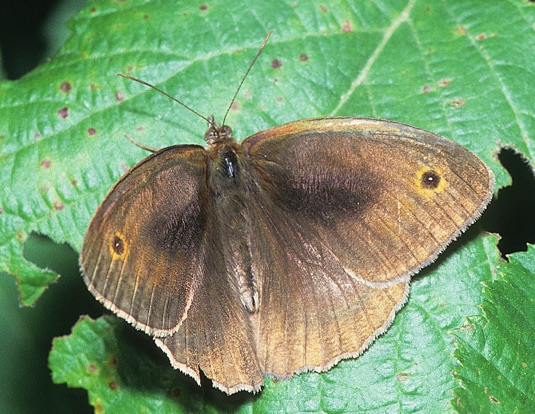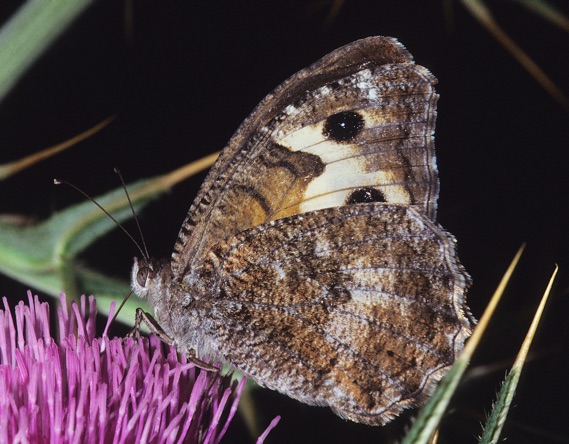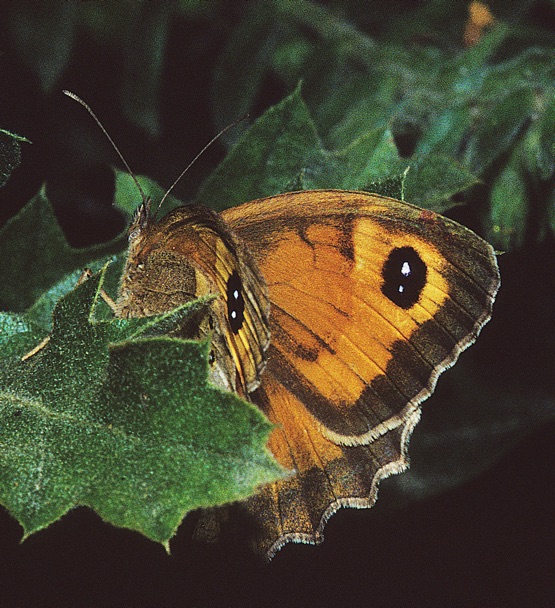The Butterflies of Greece
All butterflies were studied meticulously in the field, with patience and perseverance, all over Greece. All species were photographed free and alive in their natural habitats. This book aims to inspire the reader with the necessity of the protection of the butterflies of Greece as far as their habitat is concerned, that is, the environment of Greece which is shared with all species and naturally with man.
The collection is also available in free mobile applications. See more here.
Moths of Greece
Flora of Greece
Fauna of Greece
Walking on the mountains of Greece
(Sent on 17/03/2010)
…….a wonderful book with 1765 even more beautiful butterflies! …….Which also is a most valuable and binding gift to the Greek nation!………Lets hope that the Greek people and its authorities will listen and learn from it.
(Sent on 17/03/2010)
When i leafed through your book, I discovered an apparent error. You considered Coenoynrnpha Gardetta Orientalis as the same species a Coenonympha Leander. A rearing of Corientalis would clarify the best, that this is a taxon belonging to the Gardena group which is not identical with Leander. The larval stages of Leander are well known to me and I have realized a publication about. Unfortunately,the way to the Orientalis sites is very long and not easily accessible to me. It would be of interest to know whether Orientalis forms chrysalids with the same design as all the other sap of the Gardetta group. I have checked by rearing until now: asp. lecerfi, darwiniana and gardetta from the Savoy Alps in France.
(Sent on 17/03/2010)
…..I have received the second edition of your book this morning. What a lovely surprise! Thank you very much. Sincere congratulations. The second edition is much better than the first. Well done…
(Sent on 17/03/2010
…Πρόκειται πραγματικά για ένα από τα καλύτερα βιβλία για τις πεταλούδες παγκοσμίως …
(Sent on 18/03/2010)
“It is truly a magnificent volume, there is no single book out there quite like it. My congratulations! The photographs are beautiful and the rich data you present is truly exhaustive and incredibly useful. I value that tremendously. I can see that there are plenty of opportunities for field work in my area of Northeast Greece. Your analysis of species richness across Greece and the implications for conservation are particularly valuable and will be even more so in the future. Nice work! I also very much liked the sections on morphometric analysis. I was interested in your choice of correspondence analysis. I wonder if you considered using a canonical variates analysis on the raw data rather than derived ratios. The latter analytical approach might also reveal more clearly defined categories (species) with the benefit of an associated probability level. You have a good data set to experiment with! Interesting and thought provoking work.
I love the smaller format as well. All in all a totally absorbing and inspiring book![…] This book shows that to capture the beauty of these magnificent creatures with a camera
you need to develop a deep understanding of their environment, biology ecology and behavior.
This challenge and the knowledge it brings can only help to emphasize the importance of conservation in such a rich and diverse country as Greece.
Your book underlines that with determination photographs can be used to identify many difficult species and this approach can ultimately result in good solid scientific information.
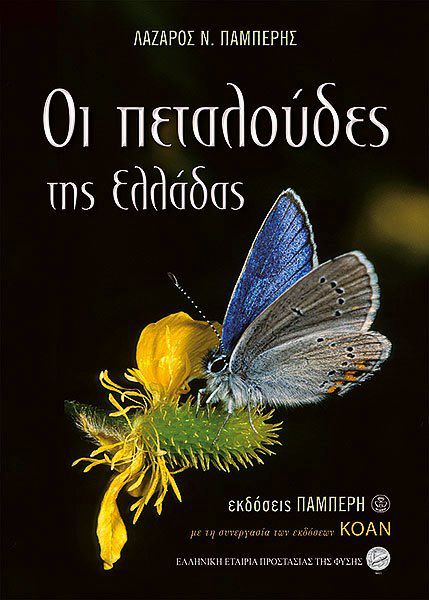
The book
The richness of the butterflies’ fauna of Greece is presented in a book as a result of a 25 years detailed research and photography made by Lazaros N. Pamperis. All 235 butterflies were studied meticulously in the field, with patience and perseverance, all over Greece. All species were photographed free and alive in their natural habitats. The book comprises comments on the external features of the butterflies, the environment, the ecology and a detailed description of all species of the butterflies of Greece. The book also includes 1765 photographs in color, 234 distribution maps with diagrams of the altitude for all the 234 species and additionally many figures, maps, plates and diagrams. An estimation of the status for all species and the factors of threat are also included. This book aims to inspire the reader with the necessity of the protection of the butterflies of Greece as far as their habitat is concerned, that is, the environment of Greece which is shared with all species and naturally with man.

